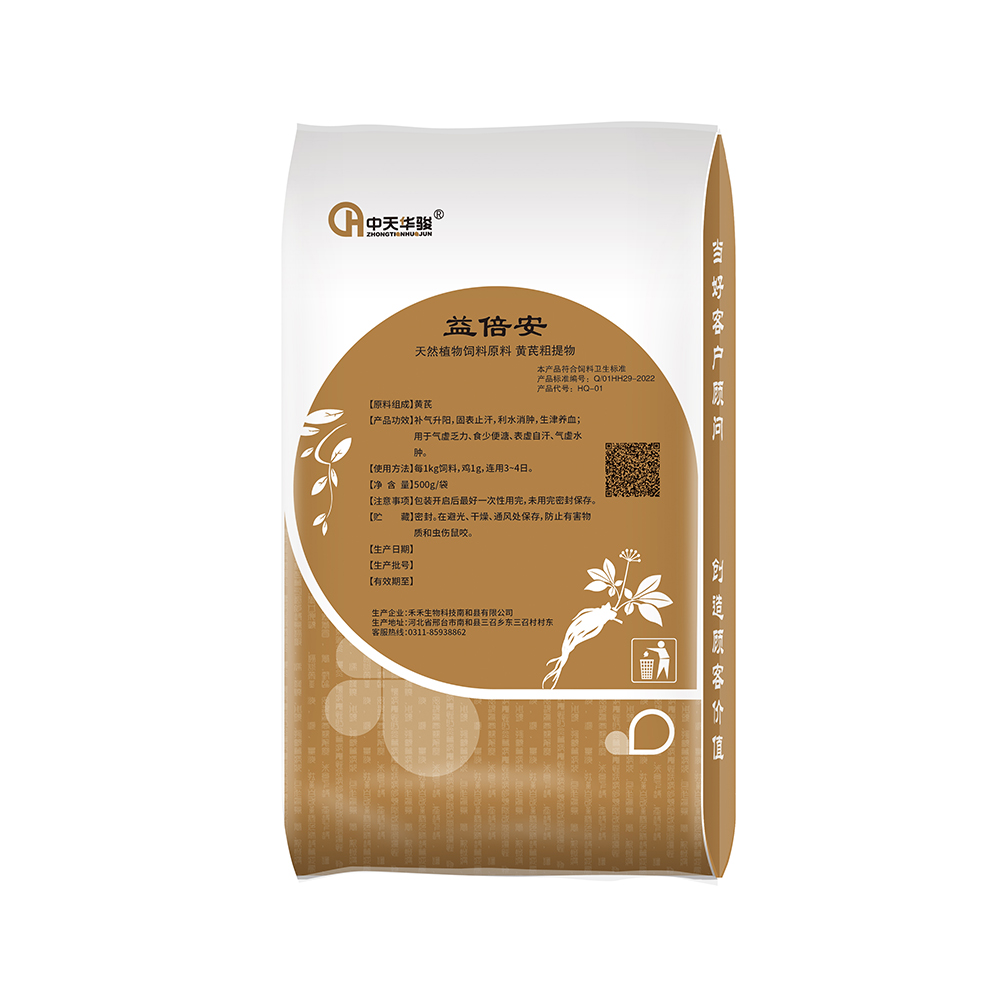
Kas . 11, 2024 02:27 Back to list
Understanding Listeriosis Risks in Food Manufacturing and Safety Practices
Listeriosis Understanding the Role of Manufacturers in Food Safety
Listeriosis, a serious infection caused by the bacterium Listeria monocytogenes, poses significant health risks, particularly to vulnerable populations such as pregnant women, newborns, the elderly, and individuals with weakened immune systems. This complex disease often traces its origins back to the food supply, highlighting the crucial role manufacturers play in ensuring food safety. Understanding how listeriosis outbreaks occur and the responsibility of manufacturers can shed light on the broader implications for public health.
The Pathogen and Its Impact
Listeria monocytogenes is unique among foodborne pathogens due to its ability to thrive in cold environments, such as the refrigerated sections of grocery stores. Unlike many other bacteria, Listeria can proliferate at temperatures as low as 0°C (32°F), which allows it to survive and grow in ready-to-eat foods, dairy products, and processed meats. When ingested, the bacterium can lead to severe symptoms, including fever, muscle aches, and gastrointestinal issues. In extreme cases, particularly for pregnant women, listeriosis can result in miscarriage, stillbirth, or severe illness in newborns.
The impact of listeriosis extends beyond physical health, affecting healthcare systems and economies. Outbreaks can lead to recalls, financial losses for manufacturers, and a general decline in consumer trust. Therefore, understanding the dynamics between listeriosis and food manufacturing is vital for preventing outbreaks and protecting public health.
The Manufacturer's Role in Food Safety
Manufacturers are at the frontline of food safety and play a crucial role in preventing listeriosis. The responsibility for ensuring the safety of food products begins with stringent quality control measures during production. This involves
1. Hygiene and Sanitation Establishing and maintaining rigorous sanitation protocols in the production environment is critical. Regular cleaning and disinfecting of equipment and surfaces can significantly reduce the risk of Listeria contamination.
2. Temperature Control Given Listeria's ability to grow in cold temperatures, manufacturers must ensure their refrigeration practices are effective. This includes monitoring temperatures throughout the supply chain, from production to distribution, to prevent any factors that could allow for bacterial growth.
listeriosis manufacturers

3. Ingredient Sourcing The origin of ingredients matters significantly. Manufacturers should work closely with suppliers to ensure that raw materials come from safe sources, minimizing the risk of introducing Listeria into the manufacturing process.
4. Employee Training Proper training for employees in food safety practices can further mitigate risks. This includes education on personal hygiene, recognizing potential contamination risks, and understanding the importance of reporting any issues immediately.
5. Regular Testing and Monitoring Implementing routine testing for pathogens in both the final products and the manufacturing environment is crucial. Early detection of Listeria can prevent larger outbreaks and enable manufacturers to take decisive action swiftly.
Regulatory Oversight and Compliance
In addition to self-imposed standards, manufacturers must adhere to regulatory guidelines set by food safety authorities. In the United States, the Food and Drug Administration (FDA) and the United States Department of Agriculture (USDA) set forth regulations that dictate how food products should be produced, processed, and handled. Compliance with these regulations is non-negotiable, and failure to meet these standards can result in fines, recalls, and damaged reputations.
The Importance of Consumer Awareness
While manufacturers bear significant responsibility for preventing listeriosis, consumers also play a vital role in food safety. Educating the public about safe food handling practices, such as cooking meat to safe temperatures and avoiding cross-contamination, can further reduce the risk of listeriosis. Awareness campaigns can empower consumers to make informed choices when selecting food products, ultimately driving demand for safer options.
Conclusion
Listeriosis serves as a cautionary tale about the interconnectedness of food safety practices across the manufacturing spectrum. The responsibility falls not only on manufacturers to maintain high standards of hygiene and control but also on consumers to remain vigilant about food safety. By working collaboratively, manufacturers and consumers can significantly reduce the incidence of listeriosis, safeguarding public health and fostering a more secure food supply chain. As we move forward, continuous advancements in technology and practices will further enhance our ability to combat this resilient pathogen and protect our communities.
-
Enterococcus Faecalis Mold Remover - Leading Manufacturers & Suppliers, Trusted Factories
NewsJul.05,2025
-
Premium Color-Enhancing Fish Feed Leading Manufacturer & Supplier Factory
NewsJul.05,2025
-
High-Quality Porcine Toxoplasmosis Solutions - Trusted Manufacturers & Suppliers
NewsJul.05,2025
-
Premium Immune Enhancement Products Trusted Manufacturer & Supplier Factory Solutions
NewsJul.04,2025
-
Top Hemoglobinuria Manufacturer & Supplier Reliable Hemoglobinuria Factory Solutions
NewsJun.24,2025
-
Premium Honeysuckle Products - Leading Honeysuckle Manufacturer & Supplier Factory
NewsJun.10,2025




